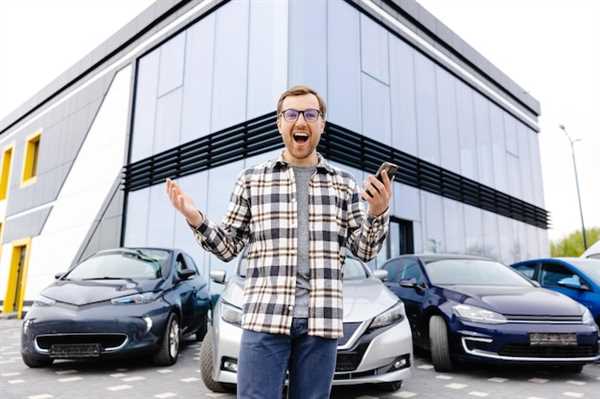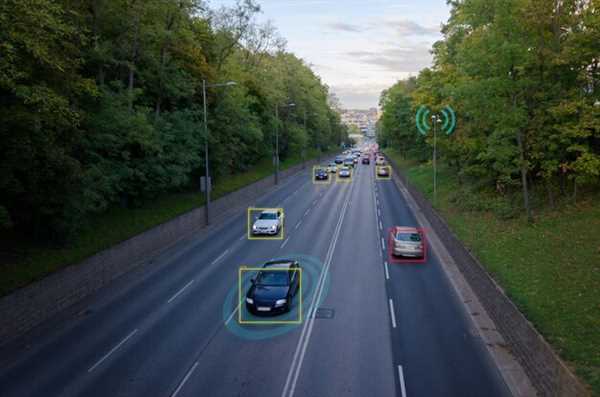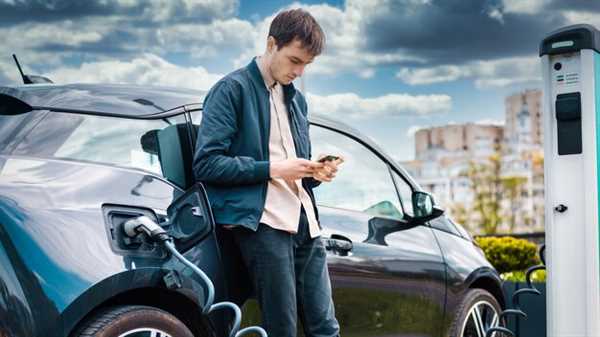
Consider installing a Level 2 home station, which significantly reduces the recharge time compared to standard outlets. With a power output of 240 volts and up to 80 amps, these devices can restore an EV’s battery overnight, making them a reliable choice for regular users.
Integrating smart tech can enhance your experience. For instance, apps that monitor charging cycles or electricity costs enable more informed decisions. Look for chargers that offer scheduling features, allowing you to charge during off-peak hours to save on electricity bills.
When out and about, seek out fast public hubs equipped with DC fast chargers. These stations can provide up to 80% battery capacity in around 30 minutes, reducing downtime significantly. Use apps to locate these charging points quickly, ensuring you’re never stranded.
Finally, consider investing in solar panels. This eco-friendly setup can power your home station, reducing reliance on grid electricity. Coupling solar tech with your EV can lower your overall carbon footprint while maximizing convenience and savings.
Understanding Home Charging Options for EVs
Consider installing a Level 2 home unit, which significantly reduces refill times compared to standard outlets. This tech typically operates at 240 volts, allowing for faster replenishment.
Evaluate your electrical system to support the additional load. It may be necessary to upgrade your panel or wiring, depending on your home’s capacity.
Research local rebates or incentives that can offset the installation costs. Many utility companies offer financial assistance for homeowners looking to invest in renewable energy options.
Consider smart features in the unit. Models equipped with connectivity allow for monitoring through mobile apps, helping you control energy usage and track charging sessions.
Explore solar integration to further reduce costs and increase sustainability. Solar panels combined with an appropriate system can provide a clean energy source for powering your daily travels.
Regular maintenance checks ensure the reliability of your equipment. Keep connectors clean and monitor for wear to prevent performance issues down the line.
Top Public Charging Networks and Their Features
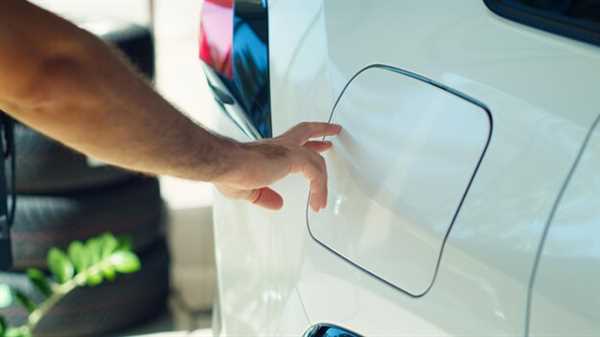
Electrify America offers fast charging options with over 3,500 stations across the US, focusing on high-speed 150 kW and 350 kW units, perfect for quick top-ups during long trips. Their user-friendly app allows real-time locating of stations and tracking of charging sessions.
ChargePoint is one of the largest networks, boasting over 25,000 locations. Their platform features a mix of Level 2 and DC fast chargers, with a robust app that provides driver notifications and reservation capabilities, enhancing convenience during charging.
Greenlots prioritizes flexibility with its open network and a robust platform enabling seamless integration with other charging stations. Their focus on renewable energy certificates can appeal to eco-conscious users.
Shell Recharge has over 1,000 locations and focuses on providing a simple experience with contactless payments. The Shell app supports station discovery and clear pricing information, making it straightforward for users to find nearby options.
EVgo stands out with a network primarily formed by fast chargers, including hundreds of DC fast charging stations across urban areas, catering to quick top-ups in busy settings. The company’s innovative pricing plans allow drivers to choose between pay-as-you-go models or monthly subscriptions.
Ionity operates in Europe, offering high-speed charging with a focus on rapid replenishment, featuring 350 kW stations along major transport routes. It’s part of a consortium aiming to reduce charging time, thus facilitating long-distance travel.
Alliance with automakers increases the availability of dedicated chargers, enhancing the overall user experience within their ecosystems while promoting compatibility across models.
Comparison of Fast Charging Technologies Available Today
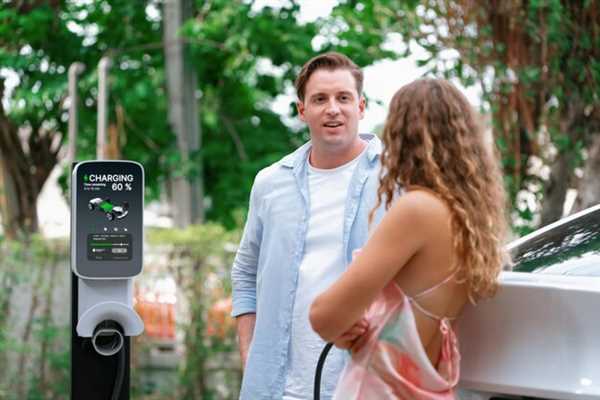
Liquid-cooled DC fast charging is a leading tech, allowing for rapid energy transfer up to 350 kW. This method minimizes thermal buildup, making it suitable for successive sessions without significant cooling downtime.
Another option, known as CCS (Combined Charging System), supports both AC and DC methods, providing flexibility across various charging networks. Power levels can reach 150 kW, significantly reducing time spent at stations.
CHAdeMO focuses on high voltage charging, delivering up to 62.5 kW. While it’s less common in newer models, it still retains relevance due to its established infrastructure, particularly in Japan.
Wireless induction tech is gaining traction, utilizing magnetic fields to transfer energy. While still in early implementation stages, this method offers convenience by eliminating cables, although current rates hover around 11 kW to 22 kW.
Next-gen technologies, like the 800V architecture, promise enhanced speeds and efficiencies. This approach, utilized by manufacturers such as Porsche, allows rapid recharging close to 350 kW, significantly lowering downtime during longer trips.
When assessing fast recharging methods, consider compatibility with your model, local infrastructure availability, and the actual charging speed experienced, as advertised speeds may vary based on conditions and vehicle software.

